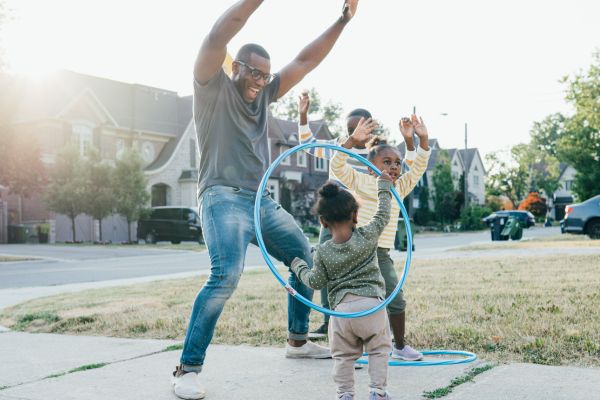School can be a challenge for young people in foster care. Without a steady, stable home as a foundation, kids will often move from school to school and struggle to keep up with their peers. Keeping young children in foster care on track with their education is an extremely important part of the process that guides them to adulthood. However, not everything needed for adult life is learned in school, which is where the Independent Living Program in Shasta County can play a vital role. Through this program, foster kids who are nearing adult life will have the opportunity to learn many life skills that will serve them well in the real world.
So Much to Learn
For children from traditional homes, life lessons are learned naturally along the way. Without even thinking about it, parents demonstrate many of these lessons through daily life, and the young person is nicely prepared to take on the world. For foster kids who don’t have that kind of opportunity, the Independent Living Program in Shasta County can step in. Things like money management, decision making, exploring educational options, and more are all taught in this program.
Bridging the Gap
There is a huge gap between living life as a child and getting out into the world as an adult. This is a gap that simply isn’t bridged by standard education alone – there is more to learn than can be taught in school. The Independent Living Program in Shasta County aims to get young people across this gap successfully, giving them the tools and knowledge they need to make good decisions and go through life with confidence. It’s hard to take on the world without the help of a supportive family, but resources like the ILP make it more manageable.
If you are eligible for the transitional housing program and interested in learning more, apply now. If you want to become a mentor for the young adults in the THP program, contact Children First Foster Family Agency.
Children First FFA is a private, non-profit organization in Northern California that is dedicated to helping change lives by providing a safe place for children to heal in a culture of love, acceptance, and consistency.
Author: Children First FFA
Published: December 1, 2021




